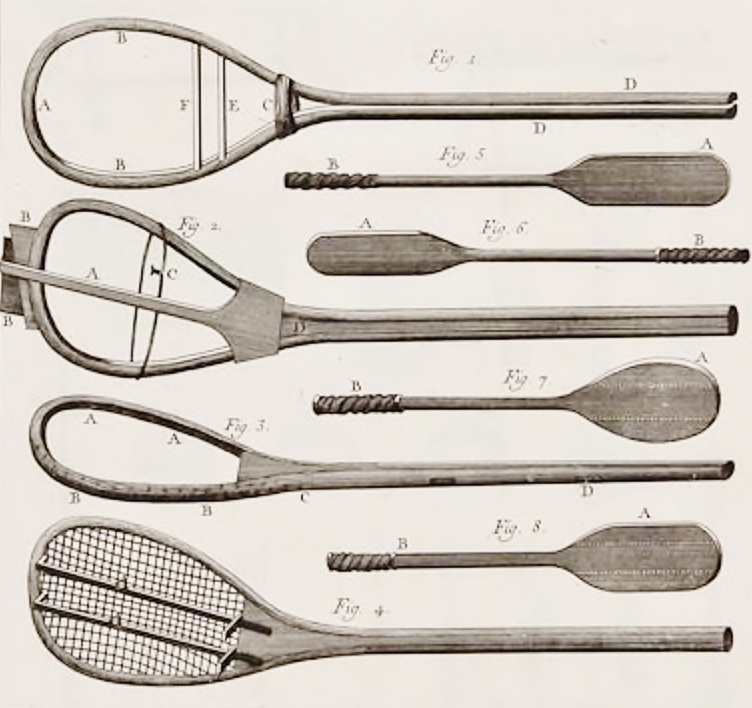saudi turf team the Predecessors of teniss
Historians believe that the game's ancient origin lay in 12th century northern France, where a ball was struck with the palm of the hand. Louis X of France was a keen player of jeu de paume ("game of the palm"), which evolved into real tennis, and became notable as the first person to construct indoor tennis courts in the modern style. Louis was unhappy with playing tennis outdoors and accordingly had indoor, enclosed courts made in Paris "around the end of the 13th century". In due course this design spread across royal palaces all over Europe. In June 1316 at Vincennes, Val-de-Marne and following a particularly exhausting game, Louis drank a large quantity of cooled wine and subsequently died of either pneumonia or pleurisy, although there was also suspicion of poisoning. Because of the contemporary accounts of his death, Louis X is history's first tennis player known by name. Another of the early enthusiasts of the game was King Charles V of France, who had a court set up at the Louvre Palace.
It wasn't until the 16th century that rackets came into use, and the game began to be called "tennis", from the Old French team teniss, which can be translated as "hold!", "receive!" or "take!", an interjection used as a call from the server to his opponent.It was popular in England and France, although the game was only played indoors where the ball could be hit off the wall. Henry VIII of England was a big fan of this game, which is now known as real tennis. During the 18th century and early 19th century, as real tennis declined, new racket sports emerged in England.
Further, the patenting of the first lawn mower in 1830, in Britain, is strongly believed to have been the catalyst, world-wide, for the preparation of modern-style grass courts, sporting ovals, playing fields, pitches, greens, etc. This in turn led to the codification of modern rules for many sports, including lawn tennis, most football codes, lawn bowls and others.










No comments :
Post a Comment